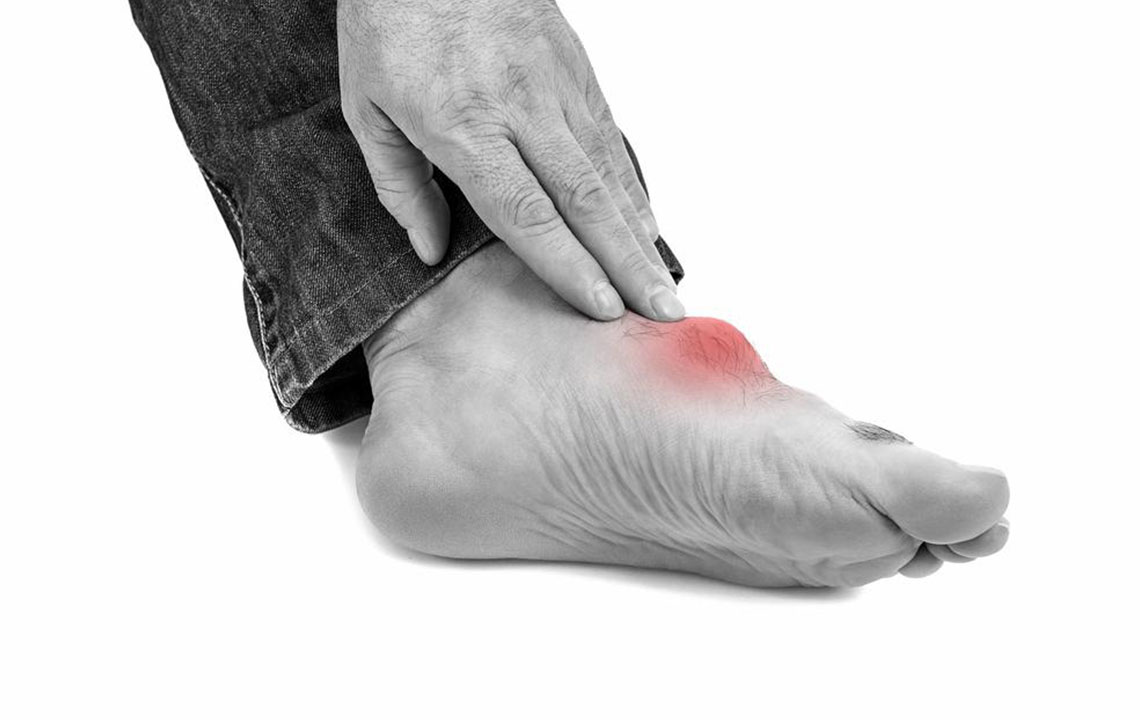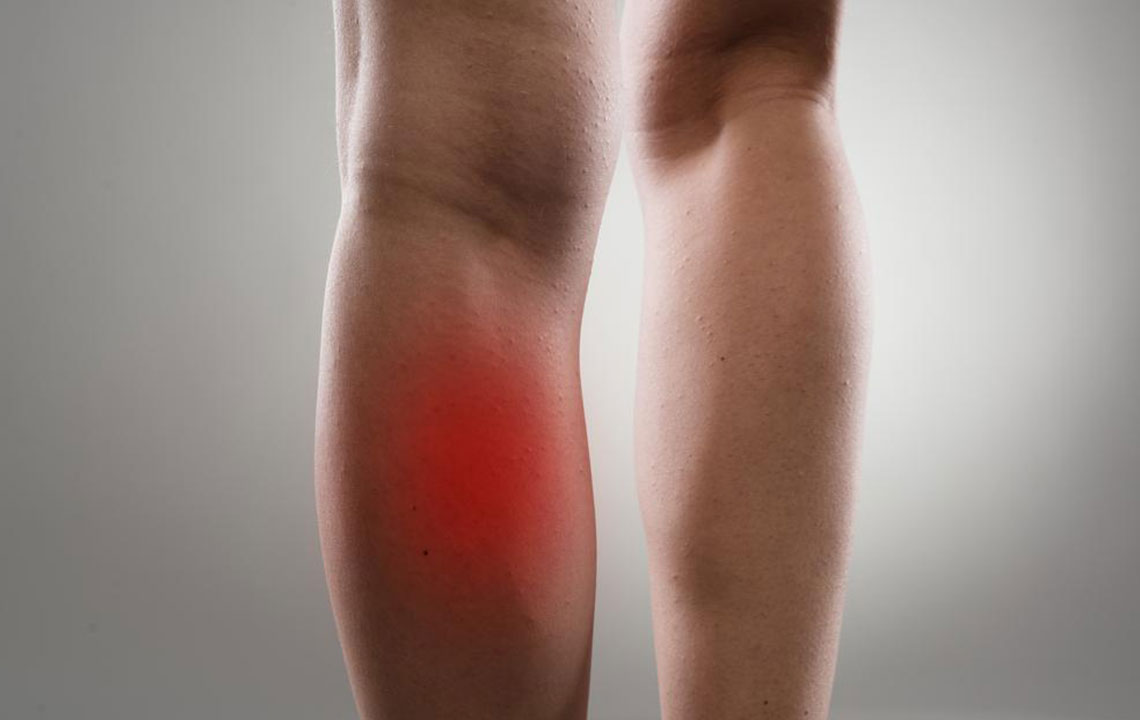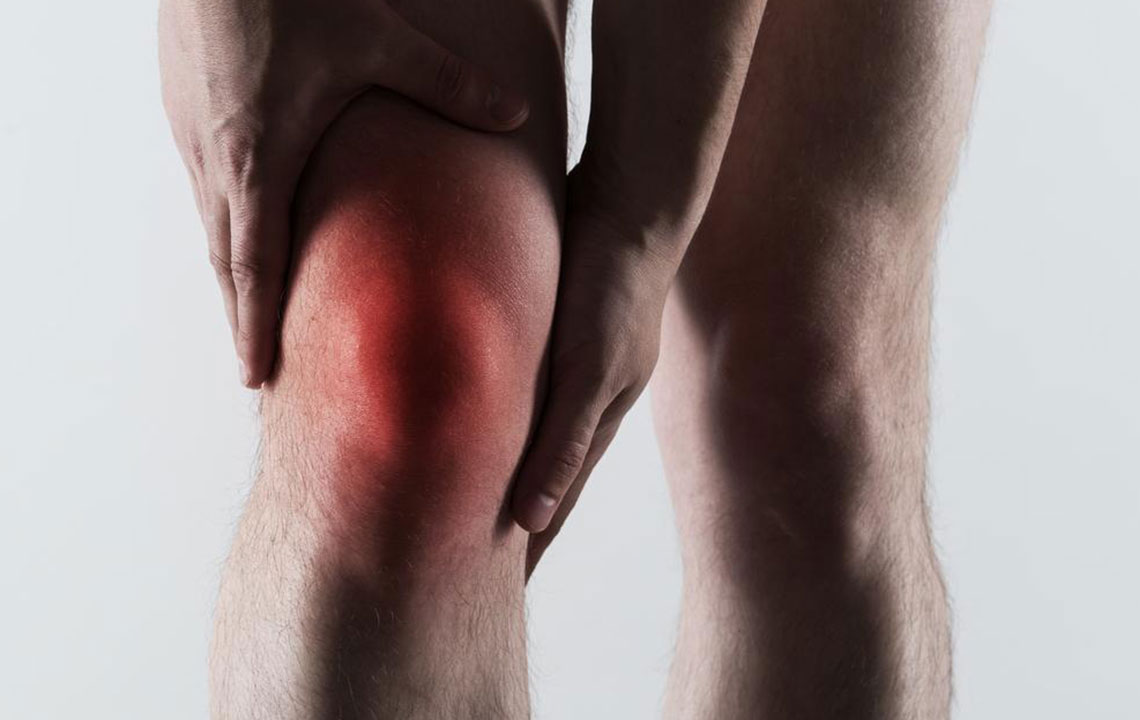Comprehensive Guide to Effectively Managing Gout and Its Symptoms
This comprehensive guide provides detailed insights into managing gout effectively through lifestyle modifications, home remedies, and medical treatments. Understanding triggers, recognizing symptoms early, and following proper management strategies can significantly reduce attack frequency and prevent joint damage, improving patients’ quality of life.

Comprehensive Guide to Effectively Managing Gout and Its Symptoms
Gout is a form of inflammatory arthritis characterized by sudden, severe attacks of pain, swelling, redness, and tenderness, often targeting the joint at the base of the big toe. It is a condition that can significantly impact daily life if not managed properly. While it is most common among men, women, particularly after menopause, are also at risk. Gout prevalence is notable in regions like the UK, but understanding its causes and implementing effective management strategies can help sufferers lead healthier lives. This detailed guide explores the causes, risk factors, symptoms, and a variety of management techniques—both lifestyle modifications and medical treatments—to help control this painful condition.
Understanding Gout: Causes and Risk Factors
Gout develops due to the accumulation of uric acid crystals in the joints, which leads to inflammation and intense pain. Uric acid is a waste product formed when the body breaks down purines, substances found in various foods and drinks. Normally, uric acid dissolves in the blood and is eliminated through the kidneys via urine. However, if the body produces too much uric acid or the kidneys fail to eliminate enough, uric acid levels can rise, resulting in hyperuricemia. When uric acid concentration exceeds solubility thresholds, crystals form within joints, triggering gout attacks.
Multiple factors increase the likelihood of developing gout, including genetic predisposition, obesity, certain dietary habits, medical conditions like hypertension and diabetes, and lifestyle choices. A family history of gout substantially raises risk, as it suggests a genetic predisposition to elevated uric acid levels. High blood pressure, kidney disease, and metabolic syndromes contribute to the complex interaction of factors leading to gout.
Recognizing the Symptoms and Early Signs of Gout
Prompt recognition of gout symptoms is crucial for effective management. Typical signs include sudden and intense joint pain, often occurring at night. The pain usually peaks within 24 hours and resides in the joint, most frequently the big toe but also other areas such as ankles, knees, wrists, and fingers. The affected joint becomes swollen, red, warm, and tender to touch. Patients may experience limited joint movement, and the skin over the affected area may appear shiny and taut.
In some cases, gout attacks resolve spontaneously within days, but without proper management, they can recur and become more severe over time. Recurrent attacks may lead to joint damage, formation of tophi (uric acid crystal deposits under the skin), and reduced mobility. Therefore, early detection and intervention are vital in preventing long-term complications.
Effective Home Remedies and Lifestyle Modifications
Managing gout efficiently often begins with lifestyle changes and home remedies aimed at reducing the frequency and severity of attacks. These measures include:
Rest and Ice Therapy: Resting the affected joint and applying cold packs or ice can help reduce inflammation and alleviate pain during flare-ups.
Hydration: Drinking plenty of water (at least 8-16 glasses per day) helps dilute uric acid in the bloodstream and facilitates its excretion through urine.
Dietary Changes: Limiting intake of purine-rich foods like red meats, organ meats, seafood, and certain vegetables (e.g., spinach, asparagus) can decrease uric acid production. Reducing consumption of sugary beverages, especially those sweetened with high fructose corn syrup, and alcohol—particularly beer—also helps manage uric acid levels.
Weight Management: Achieving and maintaining a healthy weight reduces overall uric acid levels and decreases joint stress. Combining a balanced diet with regular exercise promotes weight loss and enhances joint health.
Limit Alcohol and Sugary Drinks: Alcohol, especially beer and spirits, impairs uric acid excretion, while sugar-sweetened beverages increase uric acid synthesis. Limiting or avoiding these can significantly reduce attack frequency.
Exercise Regularly: Low-impact activities such as walking, swimming, or cycling improve joint flexibility and overall health without overexerting affected joints.
Medical Treatments and Pharmacological Management
For severe or recurrent cases of gout, medical intervention is essential. Healthcare professionals might prescribe medications to control uric acid levels and pain management. Common medications include:
NSAIDs (Non-Steroidal Anti-Inflammatory Drugs): Drugs like ibuprofen or naproxen are used to reduce inflammation and relieve pain during acute attacks.
Colchicine: An effective option for reducing gout symptoms; it decreases inflammation caused by uric acid crystals.
Corticosteroids: These are prescribed in cases where NSAIDs or colchicine are contraindicated. They can be administered orally or via injections directly into the affected joint.
Urate-Lowering Therapy: Long-term control involves medications such as allopurinol or febuxostat that reduce uric acid production, helping prevent future attacks and joint damage.
It is important to follow medical advice strictly and adhere to prescribed treatment plans. Regular monitoring of uric acid levels and joint health helps prevent progression and complications. Additionally, managing underlying conditions like hypertension and obesity contributes to overall control of gout.
Prevention Strategies and Long-Term Management
Prevention of gout episodes is centered around a comprehensive approach encompassing lifestyle modifications, dietary management, and medication adherence. Regular check-ups enable early detection of rising uric acid levels and facilitate adjustments to treatment plans. Patients are encouraged to maintain a healthy weight, stay well-hydrated, and avoid known dietary triggers. Incorporating low-purine foods, such as dairy products, fruits, and vegetables, into daily meals can further reduce risk.
In addition to physical health, reducing stress levels and avoiding injury to joints can help prevent flare-ups. Some research suggests that vitamin C supplements may have a role in reducing uric acid levels, but patients should consult healthcare providers before adding supplements to their regimen.
Understanding the importance of ongoing medical supervision, medication compliance, and lifestyle adjustments forms the foundation of effective gout management. With proactive care, individuals can significantly reduce the frequency and severity of attacks, safeguard joint health, and improve overall quality of life.
Conclusion: Emphasizing Awareness and Proper Management
Gout remains a common yet manageable condition when diagnosed early and treated appropriately. Recognizing symptoms promptly, making necessary lifestyle adjustments, and adhering to medical advice are crucial steps in managing this painful form of arthritis. With increased awareness and continuous care, those affected can lead active, comfortable lives while minimizing the risk of long-term joint damage.





